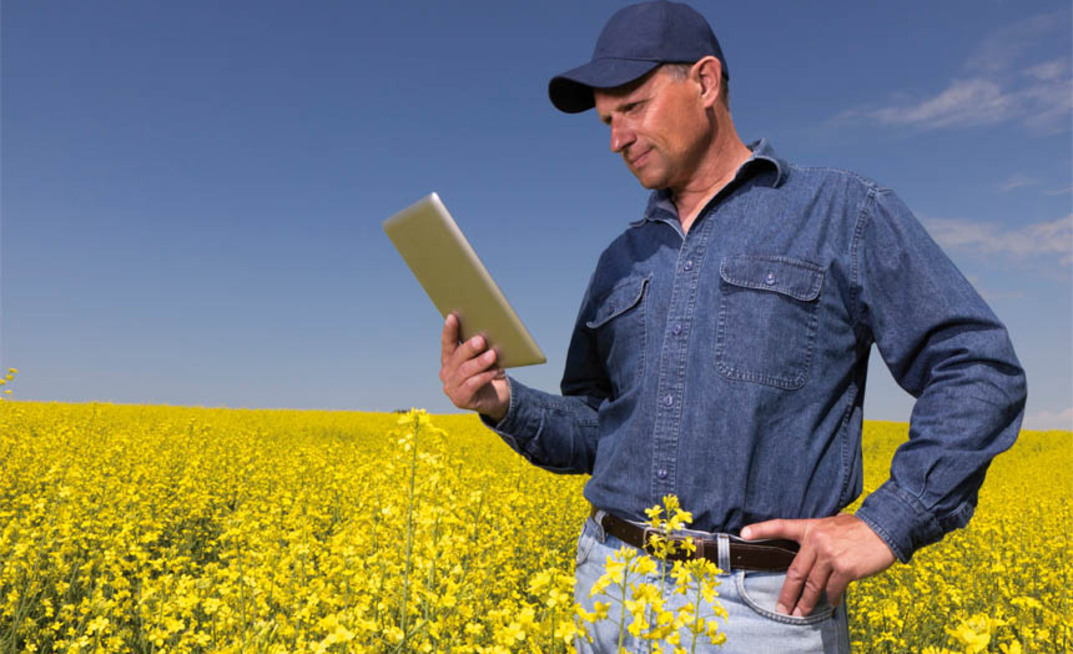There are many sources of information on carbon markets in general and on the ERF in particular. This chapter provides links to some of the most important.
11.1 The ERF
The Clean Energy Regulator
The CER is responsible for administering and regulating the ERF (and previously the CFI), including:
-
registering projects
-
running auctions
-
managing carbon abatement contracts, and
-
issuing Australian carbon credit units on achievement of emissions reductions.
The CER is an economic regulator and does not have any direct role or powers under Australian legislation to enforce work health and safety, environmental protection, or planning laws. Its website contains a large amount of information, including guides, templates, forms, registers and so on. The CER also produces a Quarterly Carbon Market Report with coverage of supply and demand across the carbon markets it administers.
In June 2021 the CER added a series of case study videos, available here.
Department of Agriculture, Water and the Environment
The Department of Agriculture, Water and the Environment is responsible for delivering climate change adaptation and climate science policy and programs. The Department website contains considerable background information on the ERF, particularly in relation to the development of methodologies.
Department of Industry, Science, Energy and Resources
The Department offers general inforamtion on the ERF and links to other key government sources.
ASIC
ASIC provides guidance to assist carbon market participants - in particular, carbon abatement project developers and aggregators - to operate their businesses in compliance with the financial services laws.
11.2 Carbon markets
There is a wide variety of information available on carbon markets in general. Many providers gather this information on a commercial basis.
The World Bank provides regular updates on the state of the global carbon market.
In Australia, the Carbon Market Institute provides a range of information sources, including updates relevant to the ERF and other resources that were under the CFI.
The Australian Farm Institute has a wide variety of material and models for carbon farming.
11.3 The WA Government's Carbon Farming and Land Restoration Program (CF-LRP)
The CF-LRP aims to unlock the potential of carbon farming in WA's South West agricultural zone and enable rural businesses to establish land-sector carbon farming projects that deliver priority environmental, community and economic co-benefits.
To find out more access the Department of Primary Industries and Regional Development website or contact +61 (0)8 9368 3333 or enquiries@dpird.wa.gov.au
Explore the full Workshop Manual: The business case for carbon farming: improving your farm’s sustainability (January 2021)
Read the report
RESEARCH REPORTS
1. Introduction: background to the business case
This chapter lays out the basic background and groundwork of the manual
RESEARCH REPORTS
1.2 Being clear about the reasons for participating
Introduction: background to the business case
RESEARCH REPORTS
1.4 Working through the business case for carbon farming
Introduction: background to the business case
RESEARCH REPORTS
1.5 Factors determining project economics
Introduction: background to the business case
RESEARCH REPORTS
1.8 Important features of the business case
Introduction: background to the business case
RESEARCH REPORTS
2. How carbon is farmed under the ERF
This chapter considers in detail the activities that constitute carbon farming
RESEARCH REPORTS
2.5 Carbon farming under the Emissions Reduction Fund
How carbon is farmed under the ERF
RESEARCH REPORTS
3. The policy context and the price of ACCUs
This chapter takes a broad look at the policy context for carbon farming























